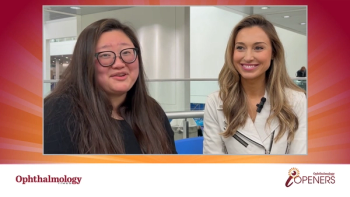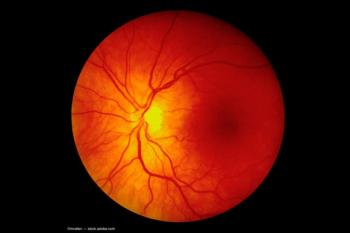
Aurion Biotech completes dosing of all subjects in Phase 1/2 CLARA trial
The trial is evaluating AURN001, a combination cell therapy product comprised of neltependocel (allogeneic human corneal endothelial cells [CECs]) and Y-27632 for the treatment of corneal edema secondary to corneal endothelial dysfunction.
Aurion Biotech has announced all subjects in its Phase 1/2 CLARA trial of AURN001 (NCT06041256) have been dosed.
The company’s AURN001 is a combination cell therapy product comprised of neltependocel (allogeneic human corneal endothelial cells [CECs]) and Y-27632 for the treatment of corneal edema secondary to corneal endothelial dysfunction, intended to be administered to the eye as a one-time, intracameral injection.1,2
The CLARA Phase 1/2 is a prospective, multi-center, randomized, double-masked, parallel-arm cell dose-ranging clinical trial, evaluating the safety, tolerability, and efficacy of AURN001 for the treatment of corneal edema secondary to corneal endothelial dysfunction. The primary endpoint is a 15-letter improvement (3-line gain) from baseline in best-corrected visual acuity (BCVA) after 6 months.3 Three different doses of AURN001 are being evaluated (high, medium, and low).3
Ninety-seven patients have been randomized in the US and Canada. Patients were enrolled if they had a diagnosis of corneal edema secondary to corneal endothelial dysfunction and required surgery (full- or partial-thickness endothelial keratoplasty). Those who have pre-operative corneal epithelial, sub-epithelial, or stromal scarring or other opacity that is paracentral/central and visually significant were excluded.3
“Aurion Biotech is delighted that both enrollment and dosing in our Phase 1/2 trial are now complete, and that it happened more rapidly than we expected,” said Michael Goldstein, MD, MBA, President and Chief Medical Officer of Aurion Biotech. “We enrolled and dosed subjects in six months, which speaks to the deep interest among physicians and patients for our allogeneic cell therapy, as well as the potentially large, unmet need for our elegant, minimally invasive procedure to treat this sight-threatening disease.
References:
AURION BIOTECH ANNOUNCES COMPLETION OF ENROLLMENT IN PHASE 1 / 2 CLINICAL TRIAL. Press release; April 30, 2024. Accessed April 30, 2024. https://aurionbiotech.com/aurion-biotech-announces-completion-of-enrollment-in-phase-1-2-clinical-trial/
AURION BIOTECH ANNOUNCES FIRST CANADIAN SUBJECT DOSED IN PHASE 1 / 2 CLINICAL TRIAL. Press release; March 28, 2024. Accessed April 30, 2024.
https://aurionbiotech.com/aurion-biotech-announces-first-canadian-subject-dosed-in-phase-1-2-clinical-trial/ A Phase 1/2 Study of AURN001 in Subjects With Corneal Edema Secondary to Corneal Endothelial Dysfunction (ABA-1) (CLARA). NCT06041256. https://clinicaltrials.gov/study/NCT06041256?tab=table
Newsletter
Don’t miss out—get Ophthalmology Times updates on the latest clinical advancements and expert interviews, straight to your inbox.













































